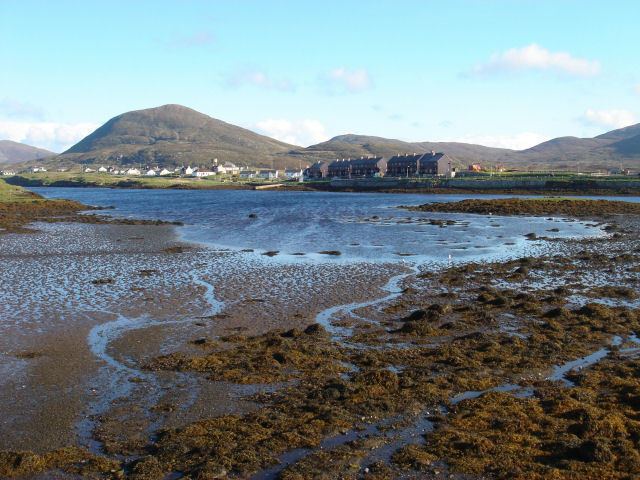OS grid reference NG014863 Post town ISLE OF HARRIS Dialling code 01851 | Lieutenancy area Western Isles Sovereign state United Kingdom Local time Thursday 2:05 PM | |
 | ||
Weather 7°C, Wind W at 50 km/h, 71% Humidity | ||
Leverburgh (Scottish Gaelic: An Tòb or An t-Òb) is the second largest village, after Tarbert, on the island of Harris in the Outer Hebrides of Scotland. Leverburgh is within the parish of Harris.
Contents
Map of Leverburgh, Isle of Harris, UK
History
In his 30s, English businessman William Lever, 1st Viscount Leverhulme had taken a boat trip and fallen in love with the Western Isles of Scotland. In May 1918 at the age of 66, he bought the Isle of Lewis for £167,000, convinced that he could resurrect the fishing industry. But his investment floundered in 1919 when servicemen demobilised from the First World War and promised land, started occupying plots on the Isle of Lewis. Leverhulme protested and took legal action against the people he considered squatters, but the Scottish Office took the side of the ex-servicemen, leaving Leverhulme's plan in tatters.
Still looking to develop his fishing plan, in late 1919 he purchased the South Harris estate from the Earl of Dunmore for the sum of £36,000. Taking in the fishing village of Obbe (deriving from a Norse word for a bay), he planned to turn it into a consolidated major fishing centre, with product distributed through the 400+ Mac Fisheries fish monger shops. He chose the site because it gave equal access to the waters of the Minch and the Atlantic and his boats could always find sheltered fishing waters.
In 1920, Obbe with local consent was rebranded Leverburgh, and 300 men started work on a new pier and seashore infrastructure for processing the product from 50 berthed trawlers. Shore side construction covered an accommodation block, curing sheds, smoke houses, a refrigeration building, store sheds, houses for the managers and a twenty car garage.
With a second stage of development planned that would have seen the inner sea loch converted into a harbour to accommodate 200+ trawlers, fitted with a sea lock to ensure a constant 25 feet (7.6 m) depth, Leverhulme paid for upgraded roads to accommodate the additional traffic.
After purchasing the London butchers Wall's in 1920, the economic downturn of 1920-21 slowed development, resulting in the London-based Mac Fisheries being incorporated into Lever Brothers Ltd in 1922. By 1924 Leverburgh was ready to start production, and 12 Great Yarmouth drifters landed a quantity of herring so great that extra female employees were taken in from the mainland to handle the catch.
After making his last visit to Leverburgh in September 1924, Leverhulme took a trip to Africa, where he developed pneumonia. After his death in Hampstead on 7 May 1925, his executors and the board of Lever Brothers had no interest in the Leverburgh project, and so ended all work. They sold off the village and production facilities for £5,000, and the estate for £300, to local family the Campbell brothers. The historical estate is now presently up for sale again. It is estimated that the project cost Leverhulme £500,000.
Facilities
A Cal Mac ferry service links Leverburgh with Berneray, connected to North Uist by a causeway.
The Post Office serving the village was established in 1873 and had its name changed from Obbe to Leverburgh in December 1920.
The nearby area is known for its beautiful beaches, especially along the west coast road.
